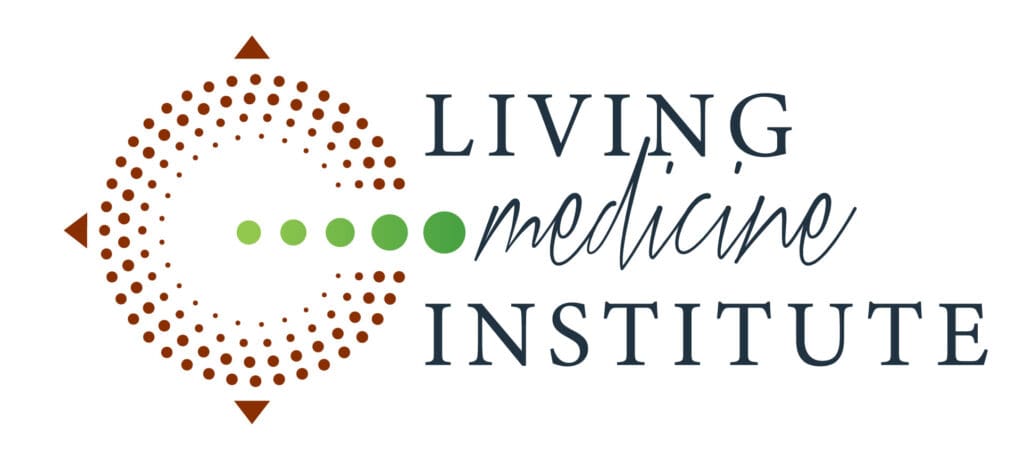By Norma Mancini Stevens | Psychology Today | April 02, 2024
Published by the Modern Medicine Group

KEY POINTS
- Psychedelic-assisted therapies (PAT) are on the cusp of being approved for treating mental health disorders.
- More therapists need to be trained to meet the anticipated demand for PAT.
- Therapist training standards are needed to improve outcomes and ensure safety in the delivery of PAT.
The use of psychedelic-assisted therapy (PAT) is gaining momentum, with 2024 potentially a transformative year: MDMA could be approved for treating post-traumatic stress disorder (PTSD) as early as August, and forms of both LSD and psilocybin have been designated “breakthrough therapy” by the U.S. Food and Drug Administration (FDA). As these therapies approach the market, there is an urgency to train therapists to meet the anticipated demand and ensure patients receive safe and effective treatment.
As a therapist long specializing in trauma and Internal Family Systems (IFS), I wanted to explore whether PAT would help some patients move beyond seemingly intractable issues. I trained to become a therapist in psychedelic medicine. Five years later, the move has proven to be highly rewarding, and I’ve learned much about preparing therapists for this emerging field.
Becoming a PAT therapist
In psychedelic medicine, the opportunities to help patients heal are tremendous, but they come with very particular challenges and risks for which clinicians must be prepared. PAT differs from traditional approaches, and it is critical to address the differences with effective training.
In contrast to traditional approaches, in which the therapist serves as an expert, PAT therapists facilitate a person’s discovery of their own wisdom and empower them in their own healing through a non-directive approach. Therapists need to model compassion, openness, and curiosity as much as possible, which allows patients to feel safe, develop trust, and apply their own compassion and curiosity to their experiences.
A PAT therapist needs proficiency in working with trauma, no matter the indication for therapy, and the ability to develop a therapeutic alliance quickly. Of course, competency in helping people navigate alternative states of consciousness and the profound shifts in worldview that often accompany the experience is key. PAT therapists must also develop the skills to stay present and support patients through prolonged experiences of distress.

The requirements for training PAT therapists have not been set yet. I am grateful to have had the opportunity to complete a number of comprehensive training programs—with MAPS (Multidisciplinary Association for Psychedelic Studies), Compass Pathways, and Beckley Psytech. I’ve undergone advanced training to become a mentor and clinical consultant.
As psychedelic medicine moves beyond research, training standards and accreditation are required to assure the highest quality of care.
What’s involved in the training?
At a basic level, programs should incorporate the topics commonly covered in therapist training for FDA-approved clinical trials:
- Patient safety
- The history of psychedelics
- Drug mechanism of action
- Risks and benefits of PAT
- Screening patients for suitability
- Structure of treatment
- Clinical interventions
- Ethics in the context of psychedelic medicine
- Cultural knowledge and sensitivity
Beyond this, experiential training and supervision are crucial. Role plays and watching videos of sessions are effective ways to develop clinical skills. Experiential training and supervision provide opportunities for therapists to process their own emotions and develop skills to remain self-aware. There is currently little literature on how intense the work can be for practitioners. Sessions can be 6 to 14 hours long depending on the substance. Because patients are delving into experiences that their defense systems have fiercely protected them against, often for years, they are in extremely vulnerable states. Self-care for therapists is not optional; it is imperative.
Training must emphasize the importance of therapists continuing their own inner explorations and support them in the process. Such work is a necessary safeguard against abuses in PAT. Therapists must continuously practice self-awareness to ensure their inner material does not unintentionally interfere with a patient’s therapy or cause them to act in ways that are unethical or harmful.

The development of scalable training programs
Efforts at the national level are underway to establish industry-wide training standards and accreditation requirements to ensure safety and efficacy. The nonprofit public benefit corporation Board of Psychedelic Medicine and Therapies is leading the way in establishing standards and procedures for certification for practitioners while educating the health care industry on the need for an accreditation process and its value to patients and practitioners.
In the meantime, I urge clinicians entering the field of PAT to carefully consider the training options available and select a curriculum containing all that they need to be fully prepared. Similarly, anyone considering undergoing PAT must examine the training and experience of potential therapists so they can make informed decisions about their own care.
Norma Mancini Stevens is a licensed clinical professional counselor and lead therapist at Sunstone Therapies. She received her Master of Science degree in pastoral counseling at Loyola University. She serves both as a therapist and as a consultant/mentor in psychedelic-assisted therapy as well as Internal Family Systems Therapy. Mancini Stevens has worked on several clinical trials advancing psychedelic medicine using a variety of compounds.


